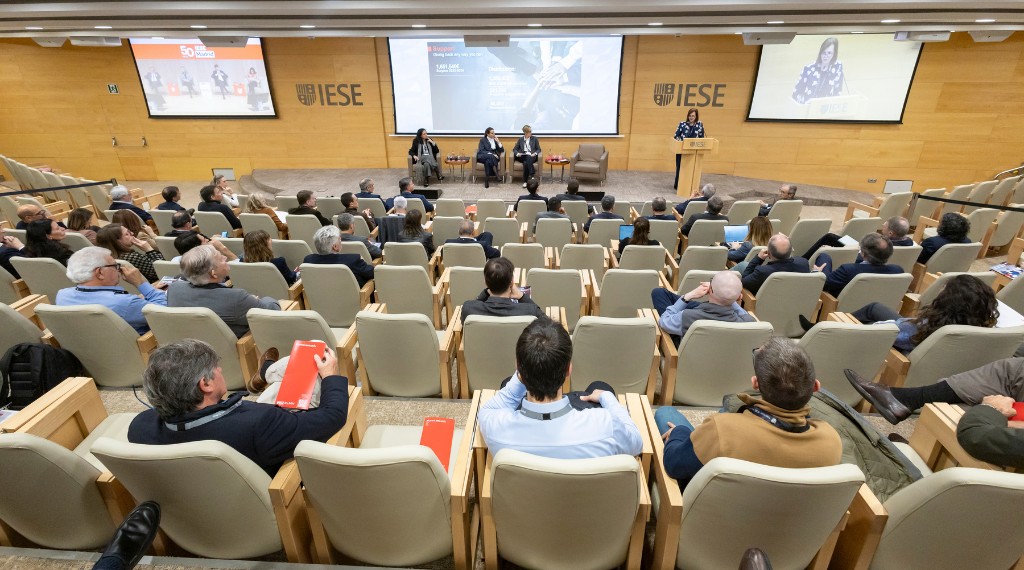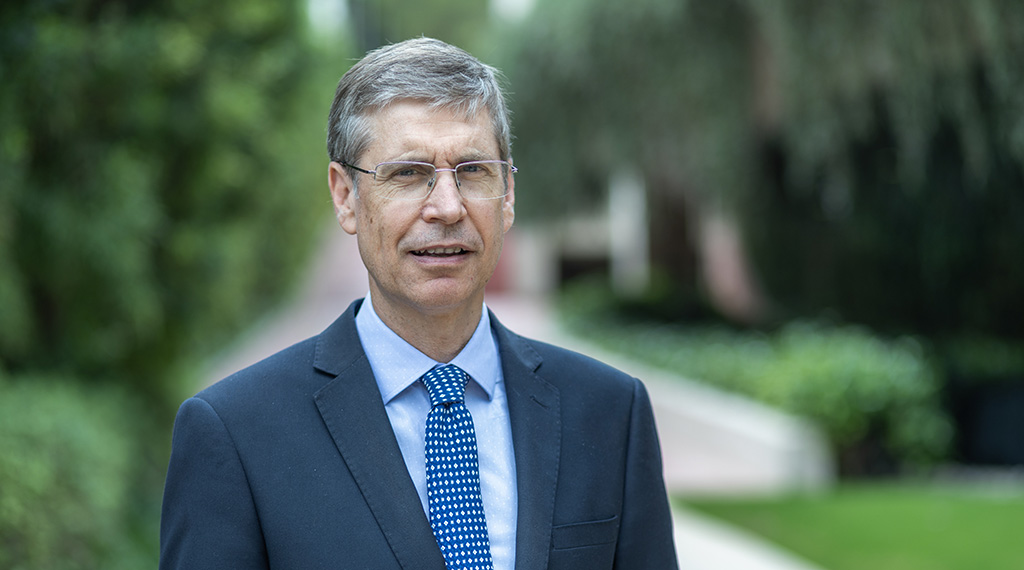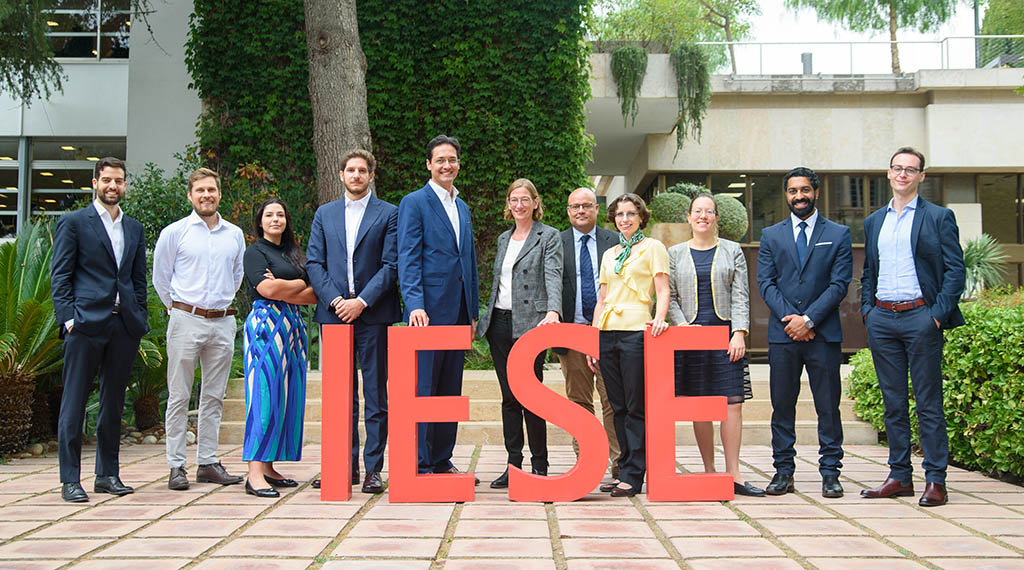Stories
The Case Study method: 100 years young
On its 100th anniversary, the discussion-based learning method keeps evolving
Case study discussions can also take place in a variety of different contexts, whether studied in person, in hybrid formats or through our virtual classroom.
May 3, 2021

This year commemorates the 100th anniversary of the first written case study, produced by Harvard Business School back in April 1921. IESE joins in the celebration because it’s one of the academic institutions that has helped spearhead the use of the case method outside the U.S., educating more than 60,000 professionals with this methodology and producing around 6,200 original cases through more than 60 years of history.
But what is the case study method exactly, and why is it still relevant now?
The main reason the case method is still relevant today is that it works. It’s a dynamic, practical way to study, which puts students in the shoes of senior executives, allowing them to practice solving real-life business problems and making strategic decisions.
It is also an example of a learning methodology based on the exchange of ideas and debate. At IESE, we recognize that the best way to learn is through interacting with others, and having your perspectives and assumptions challenged and stretched. The case study is one example of how we do this, alongside a variety of other discussion-based learning methodologies, such as business simulations, coaching or experiential learning.
For the case method, this means that passively sitting in a lecture room doesn’t cut it. Instead, all participants are required to discuss and reflect on the issues at hand. Here, the professor acts more as a facilitator, guiding the conversation and teasing out the various ethical and business implications of each case. The discussions also draw upon the diverse industry experiences, cultural backgrounds and mindsets of each individual in class, further enriching the learning process.
New content and formats, same impact
Throughout the last 100 years, the case method has been able to adapt with the times by constantly evolving. Indeed, in the last three years, 200 new cases have been written by IESE professors on the most pressing issues happening now. An example of this is the case of how Barcelona-based Vall d’Hebron University Hospital managed the first wave of the COVID-19 outbreak.
Our cases also have a distinct international perspective, reflecting the diversity of the school, faculty and students. While many assume most case studies just focus on big North American companies, at IESE our cases cover not only big name companies like YouTube and Spotify but also companies in emerging countries and young startups. We also have one of the largest collections in the world of Spanish-language cases.
Having a diverse set of cases to study – and a diverse student body to discuss them with – is the key to encouraging those lively and enriching debates that are so crucial to broadening participants’ perspectives.
In addition to content, nowadays cases are available in a variety of formats, such as audio cases that allow participants to listen to a case as they would a podcast, and simulations, among others.
Case study discussions can also take place in a variety of different contexts, whether studied in person, in hybrid formats or through our virtual classroom. This reflects the fact that today’s managers require educational solutions that allow for flexibility, but that also guarantee interaction with others and personalized follow-up.
IESE has one of the largest collections of Spanish-language cases in the world. The full catalog is available in the IESE Publishing online store, which also distributes the cases of 15 leading universities. Here, we present some of the more recent challenges from cases that we have produced.
“At IESE, our focus is on delivering the best learning experience possible, regardless of the format or context. As technologies advance, the case method also continues to evolve. Yet the essence of how executives learn best – and the value that comes from sharing knowledge and exchanging viewpoints with a diverse set of peers – remains the same,” said Prof. Julia Prats.


